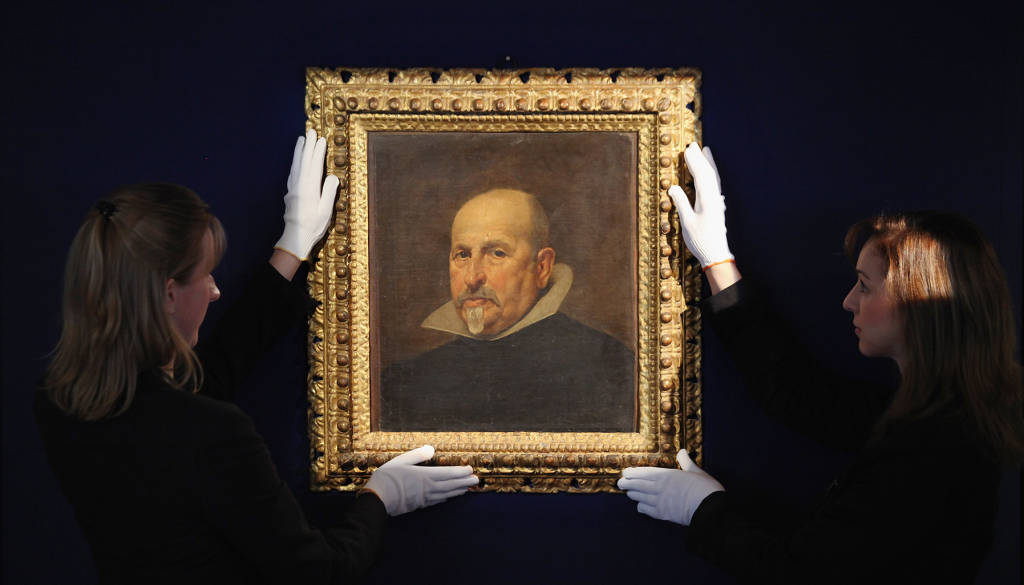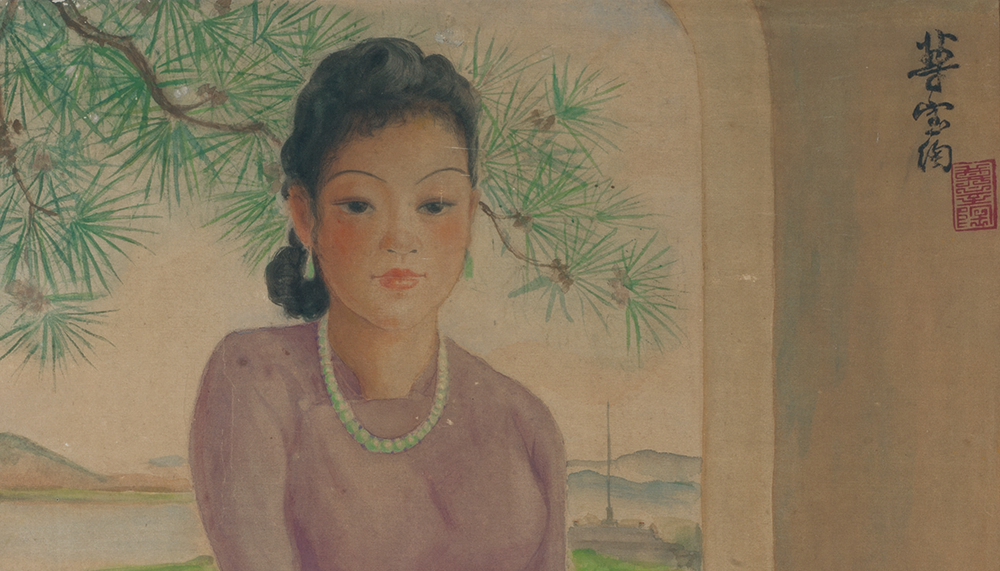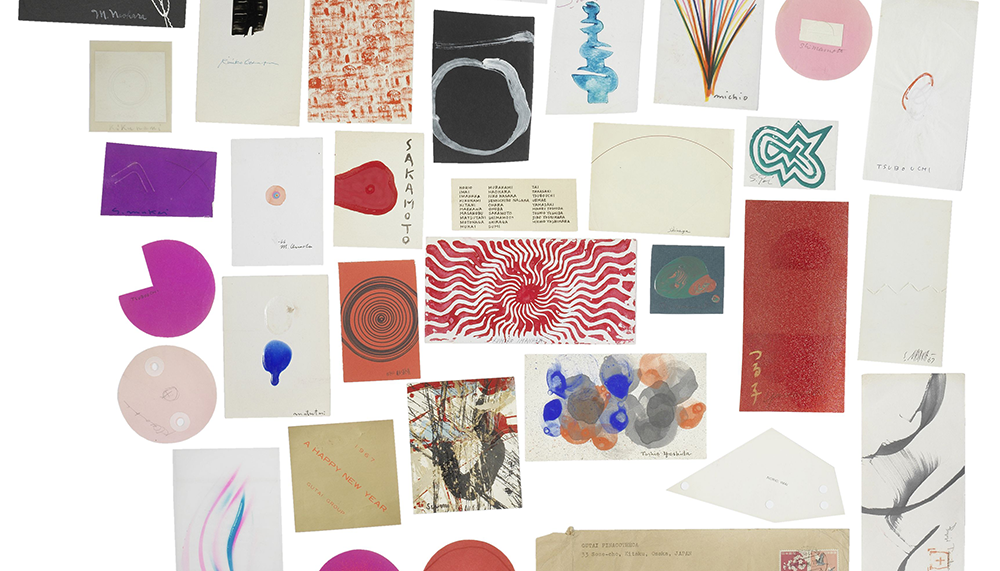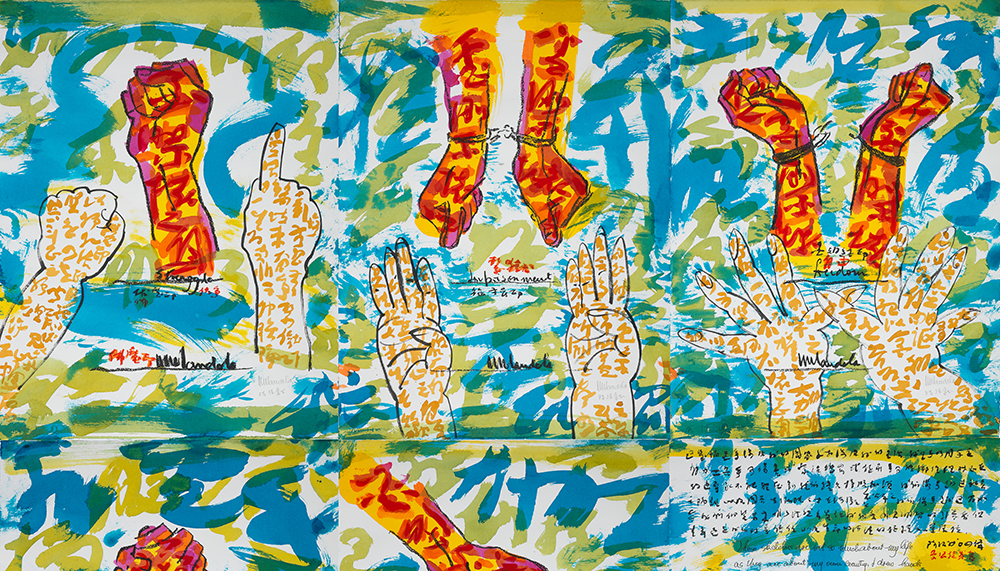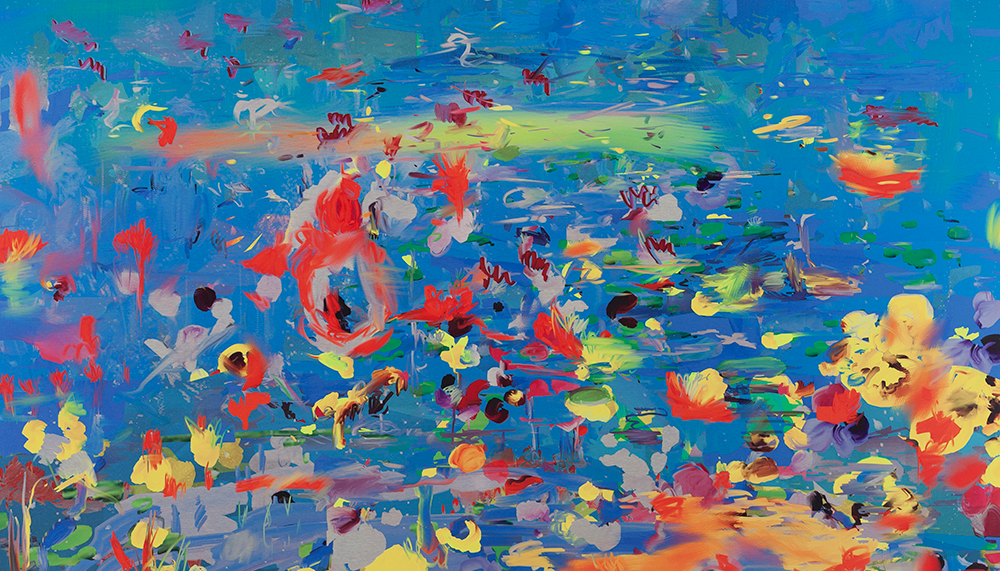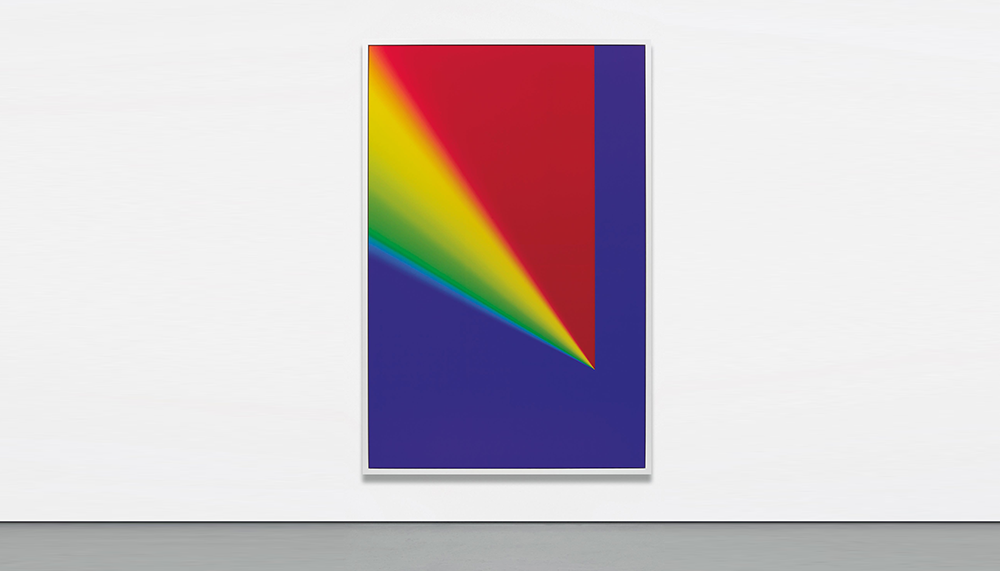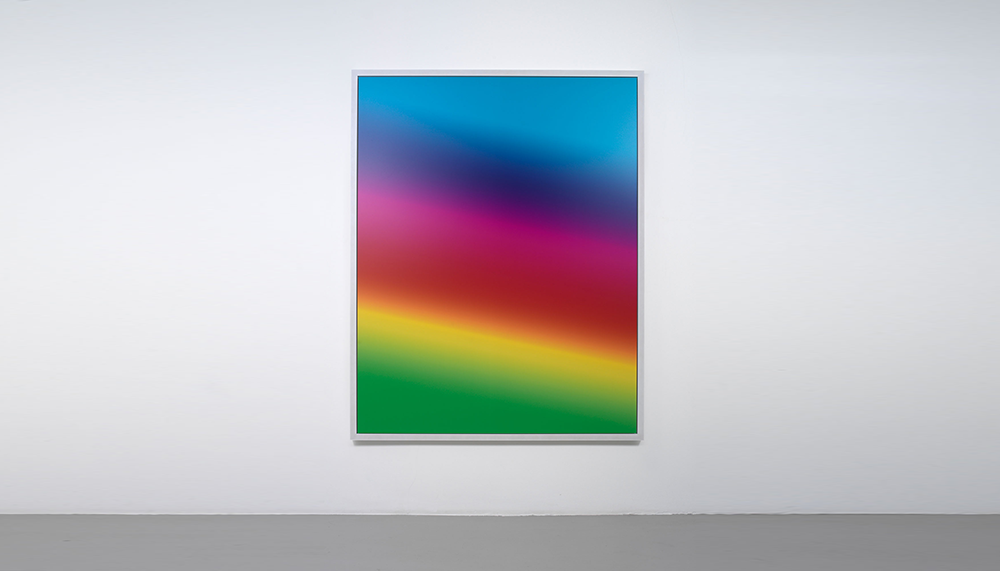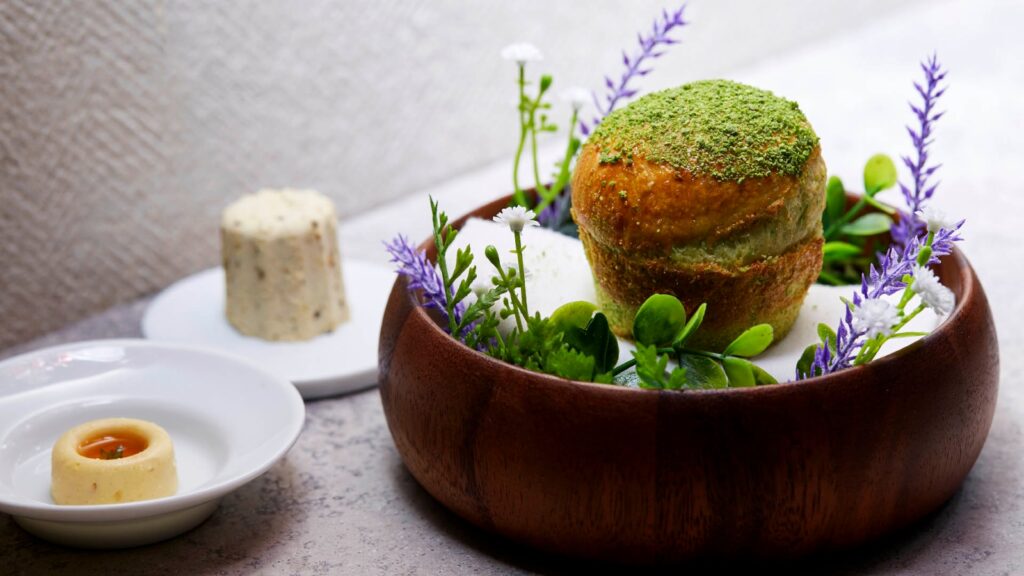Out with the new, in with the old
When financial markets get rocky, investors tend to shift their capital to safer investment vehicles, a move known as the flight to quality. The trend appears to hold true for the art market as well, now that art collecting is increasingly viewed as a good way to diversify one’s investment portfolio. In the 2016 Art & Finance report released by Deloitte, the global consultancy noted that while the once red-hot contemporary art market contracted in 2015, auctions at Christie’s and Sotheby’s showed that modern and impressionist art had in fact gained market share.
“This supports the argument that collectors are increasingly seeking quality in the more established sectors of the art market,” the report stated. “In times of uncertainty, issues around historic and cultural importance, quality, and provenance will carry more weight.”
Indeed, more collectors are showing interest in categories like archaic jade, and Indian, Himalayan and South-east Asian art, says Bernadette Rankine, the Singapore-based director of South-east Asia for Bonhams. In April, for instance, the Bonhams Hong Kong Gallery sold the Sze Yuan Tang Collection of Chinese jades for a record-breaking HK$178 million (RM67 million), with strong bidding from Asian, American and European collectors.

Tibetan thangkas (religious paintings rendered on fabric) and early sculptures from South East Asia are also attracting attention.
“Firstly, there is a finite quantity for these categories, so rarity is a factor. The pricing, compared to contemporary art where artists are still producing, is attractive,” says Rankine. “In some cases, collectors are also driven by an increased awareness of their heritage and a desire to reclaim that heritage.”
Christie’s Singapore representative Tang Wen Li also sees heritage as a strong factor for collectors drawn to Vietnamese art. “Recent years have seen the emergence of Vietnamese collectors who are deeply passionate about investing in their own cultural heritage. The increased participation by these individuals at auction has led to a resurgence of attention on Vietnamese art as a collecting category,” she says. “In May, Christie’s curated the largest sale of Vietnamese art and objet d’art for the first time. Over HK$30 million (RM15.6 million) was generated from the sale of only 71 lots, a testament to the value of Vietnamese art.”
The auction house will hold a second sale of curated Vietnamese art this November.
But not all collectors are flocking to antiquities. Modern and contemporary art from South East Asia continue to do well, with a 28 per cent growth in auction sales in 2015 based on sales at Sotheby’s and Christie’s, Deloitte reports. Contemporary African art also shows signs of becoming the next big thing. Bonhams organised three dedicated sales to modern and contemporary African art in 2015, up from just one in previous years.
Rankine also cites two once-neglected modern art movements that have moved into the spotlight. The first is Japan’s Gutai group, a collective of experimental performance and multimedia artists who emerged after World War II. The other is Dansaekhwa, also known as Korean minimalism or Korean monochromatic painting. The artists in this movement were profoundly affected by the Korean War and responded with deeply introspective work.
While the trendy lustre of Chinese contemporary art may have dimmed somewhat of late, Chinese contemporary inks are still performing well, says Christie’s Tang. “Works by Fang Zhaolin, Irene Chou and Li Huayi were selling well above their price estimates,” she notes. “This shows Asian collectors’ enthusiasm for the exciting blend of the old and the new. Chinese collectors are also spurred by a desire to collect national art pieces as a form of cultural capital. These works speak to them on a cultural level, which has been a key factor in the rise in interest we are seeing.”
Regional art collectors are also opening their doors to collecting designer furniture, she says. “They consider design an extension of their art collection. For our latest 20/21 Design sale, we featured over 100 items of designer furniture, lightings and sculptures with a strong representation by modern French designers including Francois-Xavier Lalanne, Jean Prouve and Alberto Giacametti. We generated over US$4.8 million (S$6.4 million) for this sale. Regional collectors appreciate the same artistic virtues that can be found in design and are increasingly sophisticated in mixing contemporary pieces with a careful selection of older objects, which bring a sense of history and personality to an interior.”
Meanwhile, Christoph Noe and Max Bossier, the co–founders of art market knowledge company Larry’s List, point to abstract paintings by emerging artists like Ethan Cook, David Ostrowski or Jeff Elrod as a genre of growing interest for art collectors in recent years, especially in Europe and the US.
“This genre is a relatively new collecting trend,” say the Larry’s List co-founders in a joint email response.
“Also, these abstract works are decorative pieces. As the demand for these works increased during the last years, the collectors could achieve a large enhancement in value, in addition to owning very aesthetic works.”
New media art is also a promising genre. Artists like Petra Cortright or Cory Arcangel produce innovative digital media works. The demand for them is rising, especially among young collectors. At the moment only two per cent of global collections include new media works, but this number will grow,” Noe and Bossier believe.
“Contemporary art reflects the world we are living in. As technology becomes more important, new media art obviously receives more attention from collectors”
